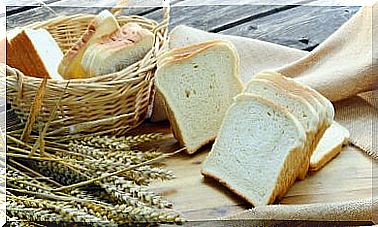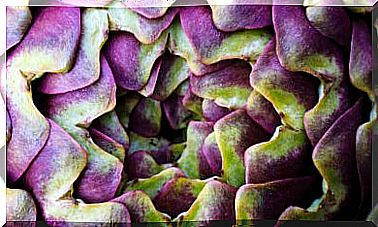13 Spices You Must Have In Your Kitchen
Who has not tasted a dish flavored with spices? Its peculiar flavor stimulates the taste buds to the point of creating indelible memories and whet the appetite. So what if we told you that spices also benefit your health? In this article we will talk about 12 essential spices in your kitchen.
Spices: an ancient delight
Spices or condiments are flavorings of plant origin that have been used since ancient times to preserve and season food. They can be separated into two large groups:
- Flavor enhancers: such as nutmeg, chili, vanilla
- Modifiers of the appearance and / or taste of food: such as annatto, saffron and cinnamon.
Obtained from different parts of certain plants, they are capable of providing novel flavors to the most bland foods. They are usually considered to include aromatic herbs such as thyme and basil as well.
They are said to have a stimulating effect on appetite and digestion. Many of them have been used for the preparation of medicines and remedies, and even religious rituals.
12 essential spices in your kitchen
Fill your dishes with color and flavor with just a dash of these seasonings!
Pepper
One of the most used in gastronomy around the world; It is represented by berries or seeds with a more or less sweet spicy taste. The pepper has many varieties, but the most popular are black, white and red. It can be purchased grated or in grain.
- Green pepper: immature berries in brine, milder in taste. Preferred for stews and meat dishes. Certain publications highlight its content of vitamin C and flavonoids.
- Black pepper: immature berries dried in the sun. Wonderful for high protein dishes with proven health benefits.
- White pepper: ripe, shelled and dried berry. They are used for light colored dishes, chicken and fish. This type of pepper has been studied and confirmed properties to reduce inflammation in adipose tissue (in combination with turmeric) and as an antioxidant, although the latter to a lesser extent.
- Red pepper: possible beneficial effects for weight loss and reduction of glucose intolerance have been proven.
Cardamom
Valuable and delicate, this species comes from the black seeds of a green berry and is typical of Indian cuisine. It is used for both salty and sweet preparations and its aroma is intense and slightly spicy.
It is one of the “secret” ingredients for Arabic coffee. It is said (but not yet proven) that it can be helpful in treating dyspepsia and relieving colic. Both properties are cited as probable in the same investigation.
It is the dry bud of the clavero flower. It is an aromatic and powerful spice, with supposed antiseptic and anthelmintic powers, but for which there is not enough scientific evidence.
It is used whole or ground — in moderation — to flavor hot wines, sauces, cakes, minced meat, and fish marinades. In traditional medicine it is used to relieve toothache, but it is another unproven benefit. Also, if you click two or three on an orange, you will get a homemade air freshener for the home.
Cinnamon
What would a delicious cappuccino be without its cinnamon flavor? What aroma would homemade desserts have if this spice were missing? Whether ground, powder or stick, cinnamon has earned the adoration of young and old.
Different studies suggest that it is very useful for the expulsion of gases (there is not enough evidence in this regard, but its historical use has been reported for these purposes), the reduction of blood sugar and cholesterol (without significant conclusions yet) and the relief of colds, because it is a calorific stimulant.
Peppers
The paprika or paprika comes from the crushed dry pepper. The dried and ground fruits are used to flavor soups, meat dishes and salads. It is typical of Hungarian cuisine and one of the main ingredients of Galician octopus, marinades, preserves and marinades.
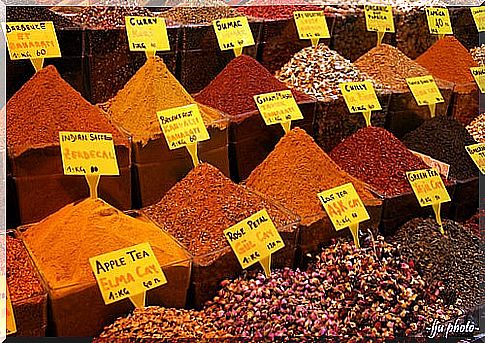
Cumin
Who has eaten a good bowl of black beans without cumin? It is typical in recipes of Arabic and Indian origin, as well as in Mediterranean ones. The fruits of the plant are used, which look like seeds, generally ground.
It is a typical ingredient of Arab and Mediterranean cuisine. It is part of spice mixes such as garam masala. It is used as a condiment for meats and cheeses, and is an ingredient in couscous and hummus. The flavor may be too strong and therefore it is recommended to use too little.
Nutmeg
Especially aromatic, this spice is obtained from the inner seed of the plant, which is found within the macís. It is used dried and grated in hot drinks, desserts, cakes and also in salty sauces such as béchamel. Do not hesitate to use it on fish and meat.
Curry
It is actually a blend of spices from India and it is aromatic and strong. Some of the spices included in it are turmeric, cumin, cardamom and cinnamon; therefore, the taste is bittersweet. It allows us to prepare chickens, meats, vegetables and fish.
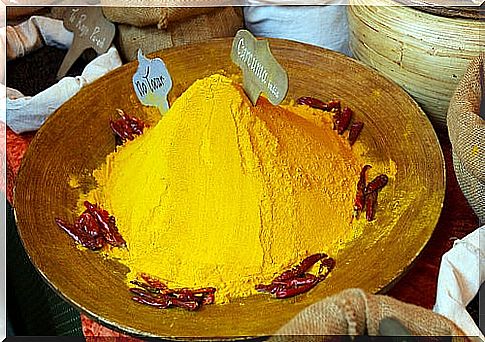
Ground chili
Also known as chili or hot pepper flakes, it is obtained from crushed hot peppers. It is used to give a distinctive character to pasta, meats and stews. Ideal for seasoning tomato sauce, meatballs or homemade hamburgers.
Ginger
It is part of the vast majority of dishes from China, Thailand, India, Vietnam and Japan. It is the fleshy rhizome of the Zingiber officinale species , which, dried and powdered, can be considered a spice. It is present in sushi, stews, soups and cooked fish.
It adds a slight spicy touch to your meals. Attention, it is said to increase metabolism (although scientific publications have denied this property) and can raise body temperature, according to studies. In some cultures, it is considered an aphrodisiac.
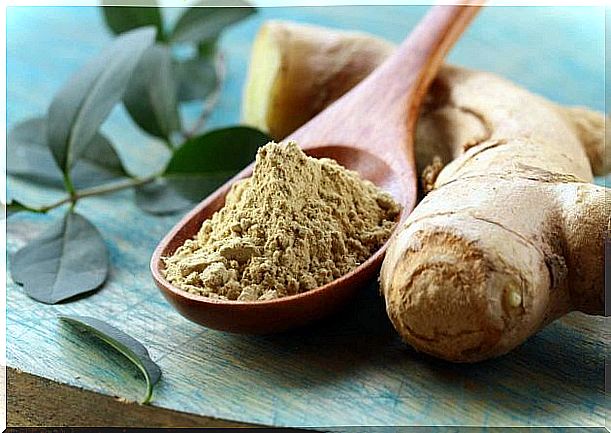
Oregano
Revered in Italy as an essential ingredient in pizza and spaghetti, this aromatic herb provides its leaves to our delight. In addition to being used in savory recipes, oregano tea is said to improve digestion and is an expectorant, but there are no conclusive studies on this.
Turmeric
With a unique flavor, turmeric is obtained from the boiled, dried and ground root of the plant. It is used in dishes such as pilaf and is one of the ingredients of curry.
Turmeric is an antioxidant and anti-inflammatory that has recently been investigated for its purported anti-cancer properties (they are still ongoing). You can use it in soups, sauces, creams or even salads.


